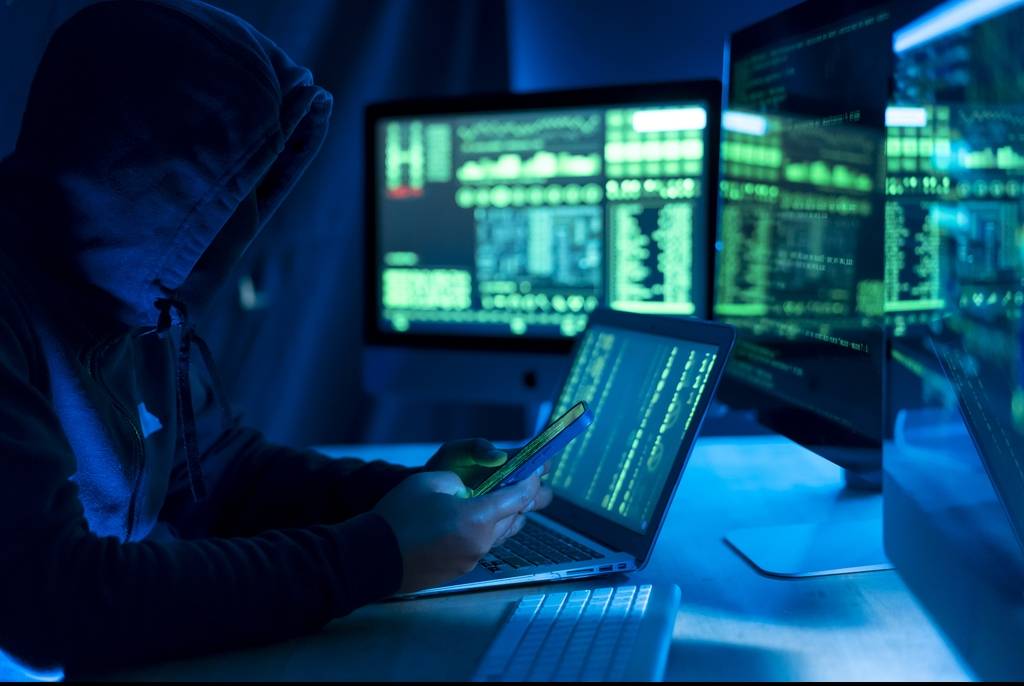
Hacker group Anonymous has taken a swing at Trump. Credit: seksan Mongkhonkhamsao / Getty

Hacker group Anonymous has taken a swing at Trump. Credit: seksan Mongkhonkhamsao / Getty
Anonymous targeted Donald Trump after he doubled down on a false claim about a man’s gang tattoo, despite clear evidence it was fake.
To mark his 100th day in office, Trump gave a high-profile interview to ABC’s Terry Moran meant to be a landmark moment.
But the 78-year-old President unraveled when Moran, 65, referenced the Supreme Court’s order to return Kilmar Abrego Garcia.
Garcia, 29, was deported from Maryland in March over alleged MS-13 ties — based on a gang tattoo later revealed as photoshopped.
Despite the Court’s ruling and the fake evidence, Trump didn’t budge.
“Wait a minute, wait a minute. He had MS-13 on his knuckles,” Trump insisted.
“That was Photoshopped,” Moran replied calmly.
Trump didn’t hold back: “They’re giving you the big break of a lifetime. I picked you because I never heard of you, but that’s OK.”
Anonymous quickly clapped back. The group posted an AI-generated image showing Trump golfing with an “MS-13” tattoo stretched across his back as his shirt lifted.
“Apparently, this is a real picture of Trump golfing,” they wrote mockingly.
One X user replied, “Haters will say this is AI,” while another joked, “Would we call this a Trump Stump?” — a jab at the infamous “tramp stamp” tattoo spot.
Trump first posted the photo of Garcia’s knuckles on April 18, writing: “This is the hand of the man Democrats think should be brought back… such ‘a fine and innocent person’.”
“They said he’s not MS-13 — even though he’s got MS-13 tattooed on his knuckles, and two Highly Respected Courts found.”
But the image didn’t show gang tattoos.
The original photo featured simple icons — a leaf, smiley face, cross, and skull. The text “MS13” had been typed above them, not inked.
Still, in his ABC interview, Trump insisted, “It says M-S-1-3.”
When Moran pushed back, Trump snapped: “Don’t do that.”
Agitated, he cut him off again: “Why don’t you just say, ‘Yes, he does,’ and go on to something else.”
A day later, White House spokesperson Kush Desai doubled down, claiming Garcia’s tattoos were gang symbols — echoing social media chatter.
But when asked why Trump wouldn’t admit the image was photoshopped, Desai stayed silent.
Garcia has never been convicted or formally charged as a member of MS-13.
Officials linked him to the gang using weak evidence: a Chicago Bulls cap, a hoodie, and an anonymous tip.
The informant claimed Garcia had ties to a New York MS-13 clique — even though Garcia never lived there, per the New York Times.
In 2019, a judge blocked his deportation, warning of likely persecution in El Salvador.
Garcia got a U.S. work permit.
More recently, Judge Paula Xinis ruled the so-called “evidence” was just hearsay and basic clothing — nothing credible.
Still, Trump’s team pushed ahead with a full-blown PR offensive.
They even posted signs on White House lawns showing photos of deported migrants and listing their alleged crimes — ignoring the court’s decision.
This isn’t new for Trump’s immigration agenda.
His team has repeatedly used tattoos to brand migrants as gang members, even when the markings had no criminal ties.
Officials flagged Venezuelan migrants with tattoos of crowns or clocks as members of Tren de Aragua.
Homeland Security reportedly used a point system: gang-style tattoos earned four points. Eight points could trigger deportation, according to The Independent.
But law enforcement experts question the reliability of tattoos as gang indicators — especially in Garcia’s case.